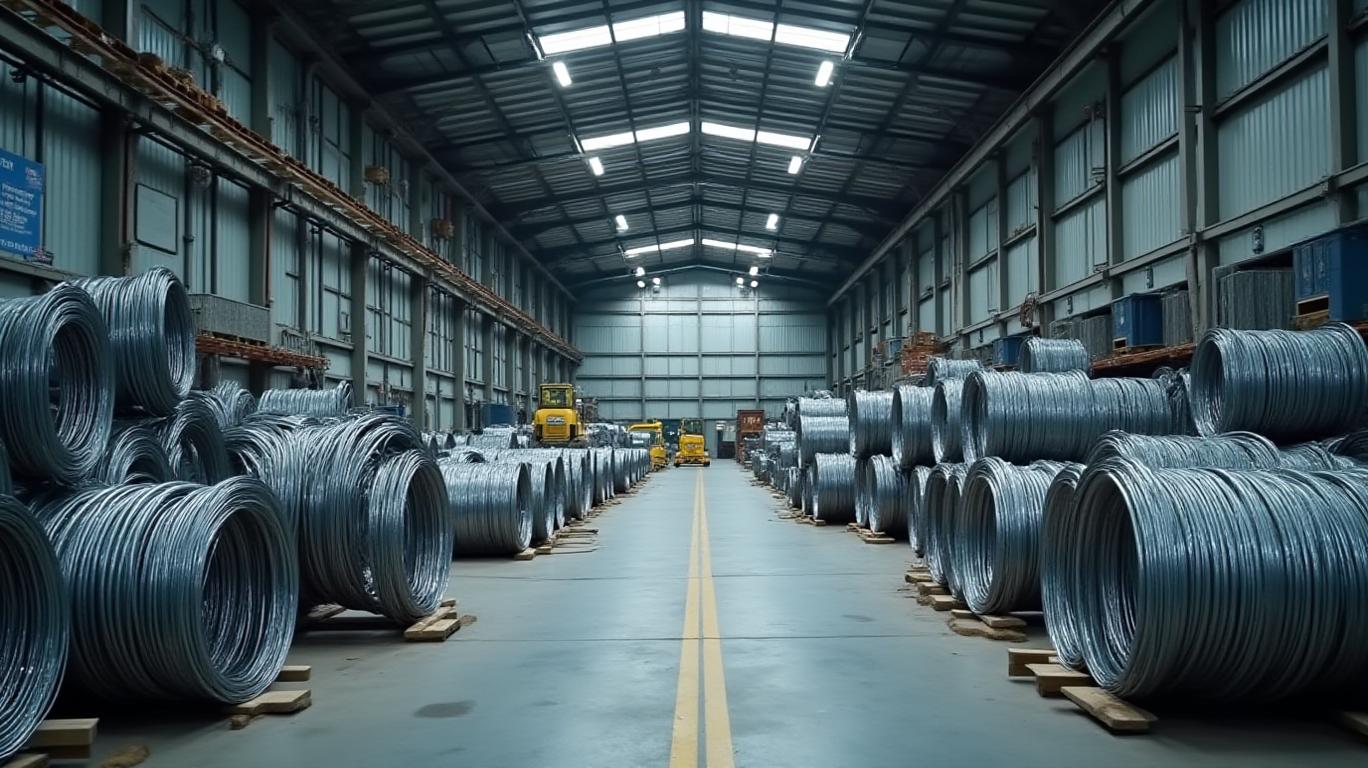Tree Island Steel's Q1 2025 Results: Navigating Turbulent Waters in a Challenging Market

Tree Island Steel Ltd. (TSX: TSL) has reported its first-quarter 2025 financial results, revealing a GAAP earnings per share (EPS) of $0.00 against revenue of $53.3 million. This marks a critical juncture for the Canadian industrial manufacturer, which has long faced headwinds from declining profitability, volatile cash flows, and a deteriorating technical momentum. The results underscore the company’s struggle to balance revenue generation with escalating operational costs, leaving investors to weigh whether the business can stabilize or if it remains trapped in a cycle of underperformance.
Revenue: Growth Amid Headwinds
The reported $53.3 million in revenue represents a modest increase compared to the same period in 2024, though the company’s year-to-date (YTD) stock performance has slumped by -12.1%, reflecting broader market skepticism. . However, revenue growth alone cannot mask deeper structural challenges. With an EPS of $0.00—a stark contrast to the $0.15 EPS recorded in Q1 2024—the company’s margins are being crushed by rising input costs, stagnant pricing power, and perhaps underutilized production capacity.
The EPS Conundrum: Costs Outpacing Revenue
The EPS figure of $0.00 highlights a stark reality: Tree Island Steel is not converting revenue into profit. This likely stems from a combination of factors, including:
1. Raw Material Pressures: Steel and metal prices remain volatile, squeezing margins for manufacturers.
2. Operational Inefficiencies: A legacy infrastructure and high fixed costs may be hindering scalability.
3. Competitive Pressures: The wire and fencing industry is fragmented, with smaller players undercutting pricing.
The negative P/E ratio—a direct consequence of sustained losses—further signals investor doubts about the company’s ability to return to profitability.
Cash Flow and Capital Structure: A Fragile Foundation
The company’s cash flow has been consistently negative, exacerbating concerns about liquidity. With a market cap of just $71.81 million, even a minor misstep could strain its financial flexibility. The decision to reduce dividends—a move that often signals caution—has further dampened investor sentiment.
Industry Context: A Sector in Flux
The steel and wire products sector faces a perfect storm: rising energy costs, trade policy uncertainties, and shifting demand patterns. Competitors like U.S.-based Steel Dynamics (STLD) or India’s Tata Steel have leveraged scale and innovation to maintain margins, while Tree Island Steel’s smaller footprint and regional focus may leave it at a disadvantage.
Investor Sentiment: Neutral, but Risks Loom
Analysts and TipRanks’ AI have labeled TSL a “Hold,” citing weak technical momentum and deteriorating fundamentals. The stock’s average trading volume of 8,149 shares reflects low liquidity, compounding risks for investors.
Conclusion: A Tipping Point for Strategic Action
Tree Island Steel’s Q1 results are a call to action. The company must address its cost structure, explore pricing strategies, or seek operational efficiencies to reignite profitability. With revenue at $53.3 million—a figure that must grow if margins are to improve—the path forward hinges on execution.
However, the data paints a cautionary picture:
- EPS stagnation: The $0.00 EPS mirrors a 67% decline from Q1 2024, signaling eroding profitability.
- Market skepticism: The YTD -12.1% stock performance and “Hold” rating reflect investor wariness.
- Structural challenges: A market cap under $100 million and negative cash flow suggest limited room for error.
For now, Tree Island Steel remains a speculative play, better suited to investors willing to bet on a turnaround rather than a stable investment. Without meaningful cost control or top-line acceleration, the company risks becoming a cautionary tale in an industry that demands resilience.
In conclusion, TSL’s Q1 2025 results are a reminder that in cyclical industries like steel manufacturing, adaptability is non-negotiable. Until the company demonstrates a clear path to profitability, investors would be wise to tread carefully.

Comments
No comments yet